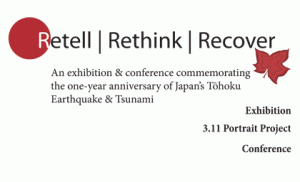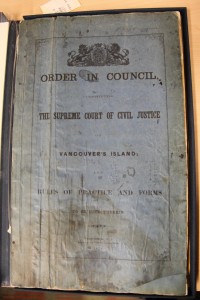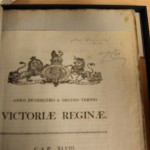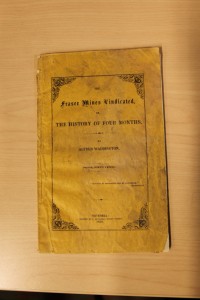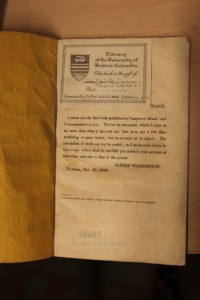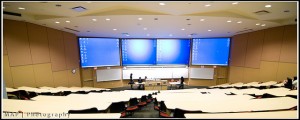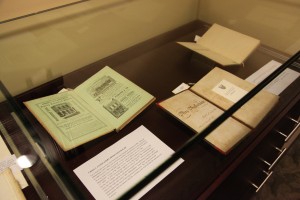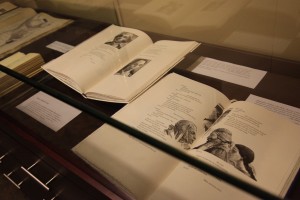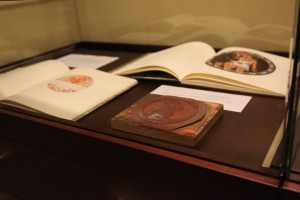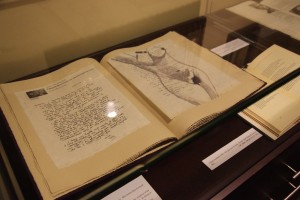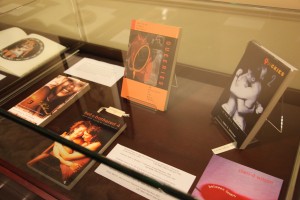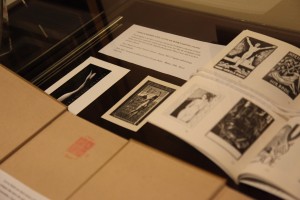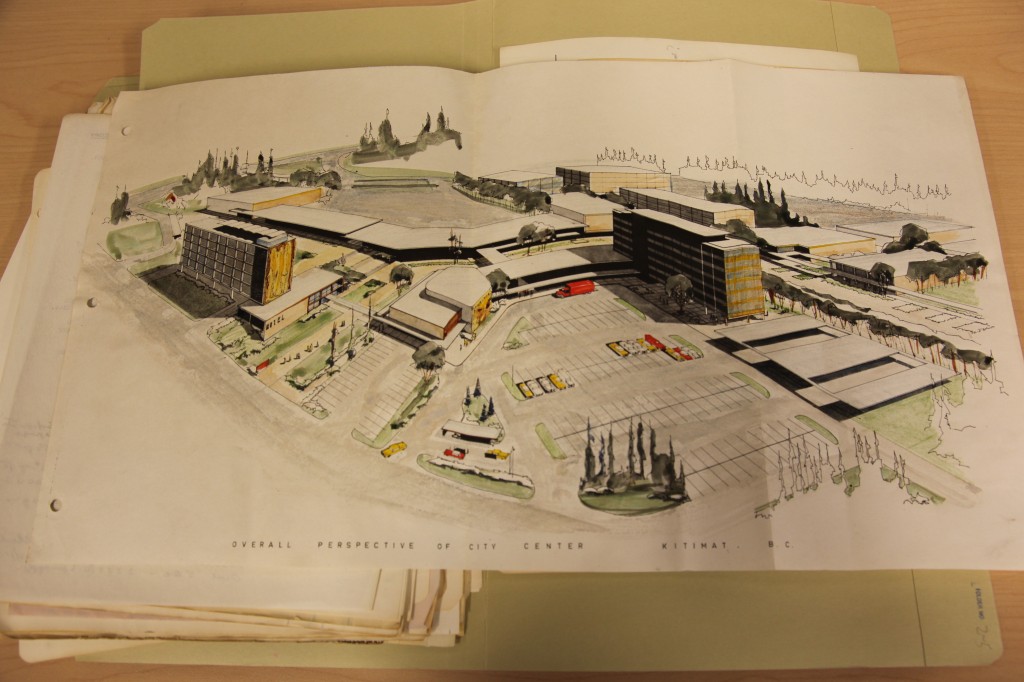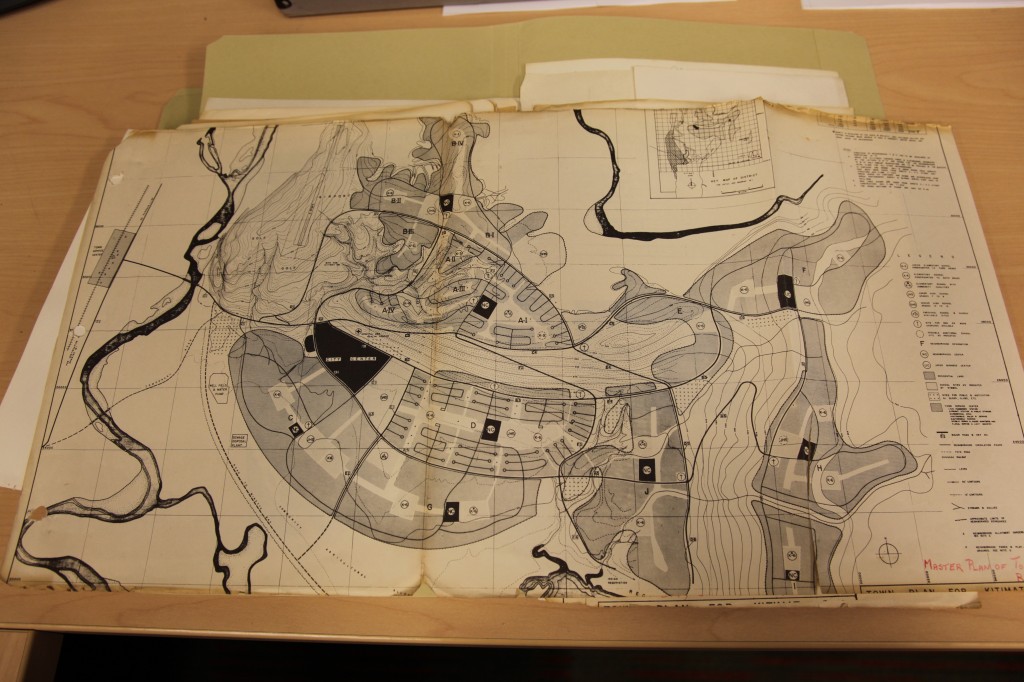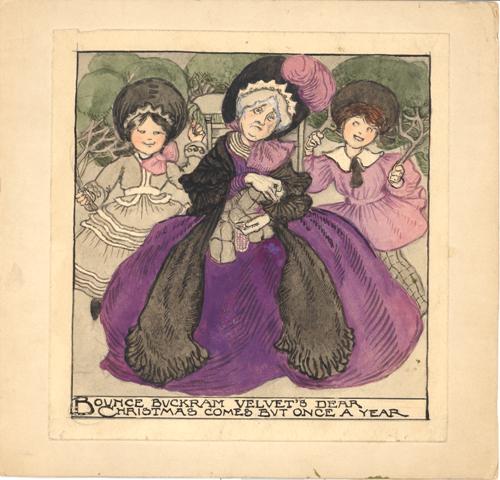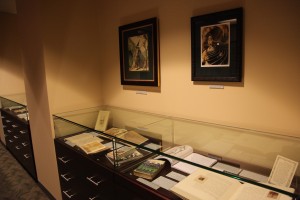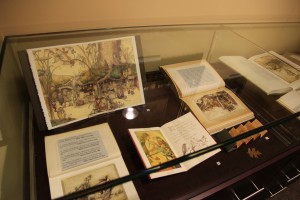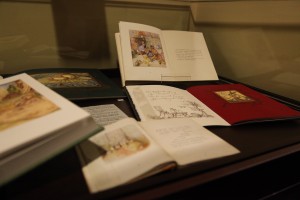Today, March 8, is International Women’s Day, a good day to highlight some of the archives of extraordinary women held at Rare Books and Special Collections:
Rosemary Brown was a social worker and politician with the New Democratic Party. She was also an instructor of Women’s Studies at SFU, a CEO for MATCH International, and Chief Commissioner of the Ontario Human Rights Commission. Her archives contains correspondence, speeches, lecture material and other documentation.
Claire Culhane was the founder and a vocal member of a Vancouver-based prisoner rights group in the 1970’s and 1980’s. Her archives contains correspondence and other documentation related to her advocacy work. (correspondence with prisoners is subject to use with a research agreement; contact the archivist for more information).
Lille d’Easum was active in the anti-nuclear movement of the 1960’s and 1970’s and was an executive member of both the B.C. Voice of Women and the Canadian Coalition for Nuclear Disarmament. Her archives includes documentation concerning nuclear power plants, uranium mining, nuclear terrorism, disarmament and the international peace movement.
Mildred Fahrni was involved in the 1940’s with the Women’s International League for Peace and Freedom, and subsequently was active as a public speaker addressing issues of war, poverty, non-violence, and social change. Her archives reflect this work as well as her work in international development into the 1970’s and 80’s.
Irene Howard is a well-known literary figure in B.C., having contributed a number of works to the literature of the province, including the recent Gold Dust on his shirt: the true story of an immigrant mining family. Her archives includes manuscripts and other documents related to her work as well as audio tapes of oral histories completed for her research.
Grace MacInnis was heavily involved both personally and professionally in the Cooperative Commonwealth Federation party (precursor to the NDP). Her interests included poverty, housing, and the status of women. Her archival collection contains both personal and professional documentation, including correspondence, diaries, notebooks and photographs.
Hilda Thomas was a community activist and politician with the provincial and federal New Democratic Party. She was particularly active with the Women’s Rights Committee provincially, and the Participation of Women Committee federally. Her archives contains extensive documentation on her political and activism activities.
These are just a few examples of the extraordinary women who we are proud to be the home of their archives. You’ll also find the archival material of a number of women’s organizations, such as the Vancouver Council of Women, the Women’s International League for Peace and Freedom, the Vancouver Women in Focus and the Vancouver Status of Women.
If you’re interested in learning more about using archival material for your research, check out our Archival Research Guide, and for more help with women’s studies research particularly, check out the Humanities and Social Science’s Women’s Studies Research guide.
